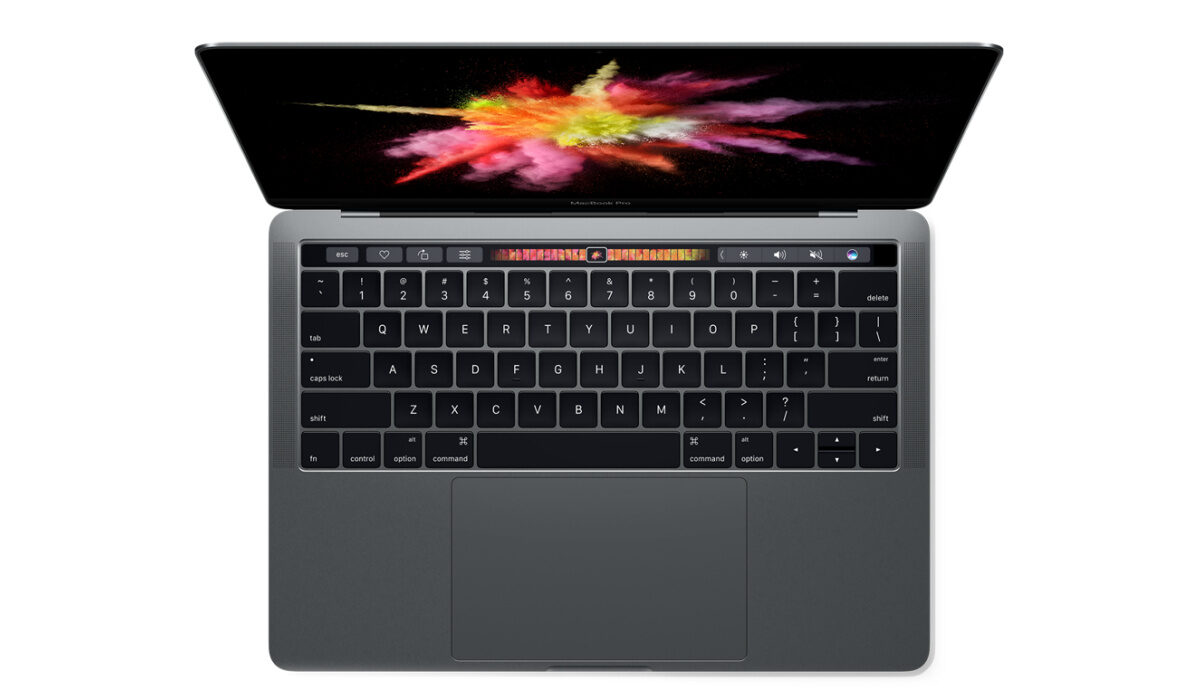In the ever-evolving realm of cybersecurity, there is never enough security. Just when you think you can handle everything, something unexpected happens. Safeguarding your data from all angles is therefore extremely important because no one is exempt from the possibility of a security breach, such as a routine third-party data breach.
Encryption is one of the extra layers of data security that you can employ to safeguard your data. If you encrypt your Windows folders or files, it also renders them unavailable to external unauthorized users.

How Can I Encrypt My Files on a Windows PC?
Now, you may be unsure how to do this correctly, so we’ll teach you in this guide. Keep reading to learn how to safely encrypt your important files.
Encrypting your Windows files or folders can be done in a variety of ways. The easiest technique to use is to use the Properties area of your Windows file or folder.
We’ll show you the different methods below:
Encrypting Windows Files or Folders via Properties
Using the tools that come with Windows is the simplest way to encrypt a folder or file. One such tool is the option to encrypt your files in the Properties section of each file or folder.
Follow these simple instructions:
- To encrypt a file or folder, perform a right-click, choose Properties, and then choose Advanced.
- Next, click OK, choose the checkbox next to Encrypt contents to encrypt the data, and lastly click Apply.
- When you click OK once more, the software will ask you if you want to apply the changes to the main folder only or to the files and subfolders inside as well. Select a choice, then click OK. As soon as you do this, a new dialog box asking for administrative rights will appear. To continue, click Continue.
You’re all done now, and your file or folder should now be safely encrypted.
Encrypting Windows Files or Folders using 7-Zip
As its name implies, 7-Zip is essentially a file compression program that is accessible to Windows and Linux users and helps you to shrink your files or folders without losing any data.
Furthermore, the app also allows you to encrypt your data in addition to zipping your files for compression like similar tools. AES-256 encryption, which is the first and only cipher designed by the NSA to be disclosed publicly, is used by 7-Zip to encrypt files and folders successfully.
Follow these steps to use 7-Zip to encrypt your files:
- Download the 7-Zip installer from the downloads section as the first step to get going. You can download it from this link. As soon as the download is complete, install the software, then go to the file or folder you want to encrypt.
- Right-click the file or folder when you have found it and choose 7-Zip -> Add to archive.
- In the Encryption area of the “Add to Archive” dialog box, provide a strong password. After 7-Zip has completed the file compression process, you can select the location for it and, if you’d like, play around with other parameters. After selecting all of the options, click OK to finish.
- Your folder or file will be compressed and password-protected for later use
- When you’re ready to decompress the contents, return to the file or folder in which you saved it, perform a second right-click, and then choose 7-Zip > Extract Here.
- As soon as you accomplish this, a password for decryption will be required. Your data will be decrypted when you input it and click OK.
In essence, the process is as simple as following the steps we’ve outlined above. Encrypting your files and folders is now as simple for Windows users as making new folders, and we’d even venture to say that it has become a habit for the privacy-obsessed lot of us.
Summarily, it’s smart to introduce an extra layer of protection to any crucial data you have contained in files and folders on your Windows PC. With the increasing data and security breach concerns nowadays, you can’t be too careful.
Take note of the instructions we’ve provided in this guide and follow them closely for the best results. We’d also encourage you to share or recommend this guide to any other privacy-conscious Windows users you know to help them guarantee the safety of their data.
- Don’t miss our mobile phone reviews.
- Follow our news on Google News.
- Join our WhatsApp Group, to be notified of the most important articles and deals,
- Follow us on Instagram, Facebook, Twitter, and YouTube.